|
Atmosphere and Interior
- Composition: Mostly H2 (70%),
some He; little H2O; The average
density is only 1.3 times that of water.
- General appearance: Circulating,
global cloud bands, with darker, rising "belts" and
lighter, sinking "zones".
- Specific features: Great Red
Spot (a thunderstorm larger than Earth due to a changing high
pressure region, at least 300 years old, but may be shrinking
over many years), Great Dark Spot (at least as large, near the
North Pole), and many smaller spots; Powered by internal heat
and the Sun (the Earth might have them too, if the Sun's energy
was not dissipated by turbulence and friction); [the polar regions
have auroras like Earth, but with additional satellite footprints!]
- Colors: Turbulent and changing,
complex cloud chemistry of white zones and dark belts (methane,
ammonia, sulfur and phosphorus compounds).
- Core: Jupiter may have
a "small" rocky core or none; Most of its heavy elements
are mixed with the rest.
- Energy: Jupiter emits more than
it receives, and was even brighter in the past! Why?
|
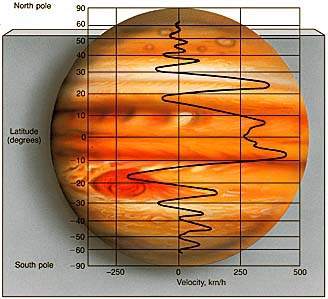 |
 Jupiter
Jupiter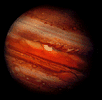
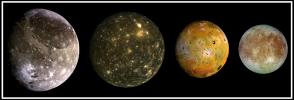
 Jupiter
Jupiter

_250x190.jpg)

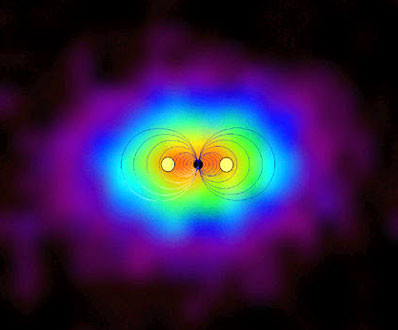
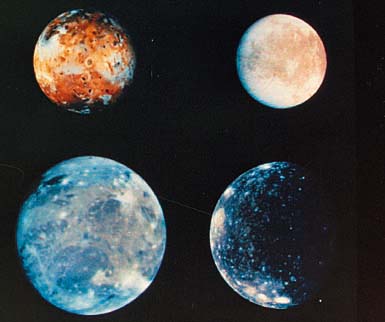
.gif)
![]()